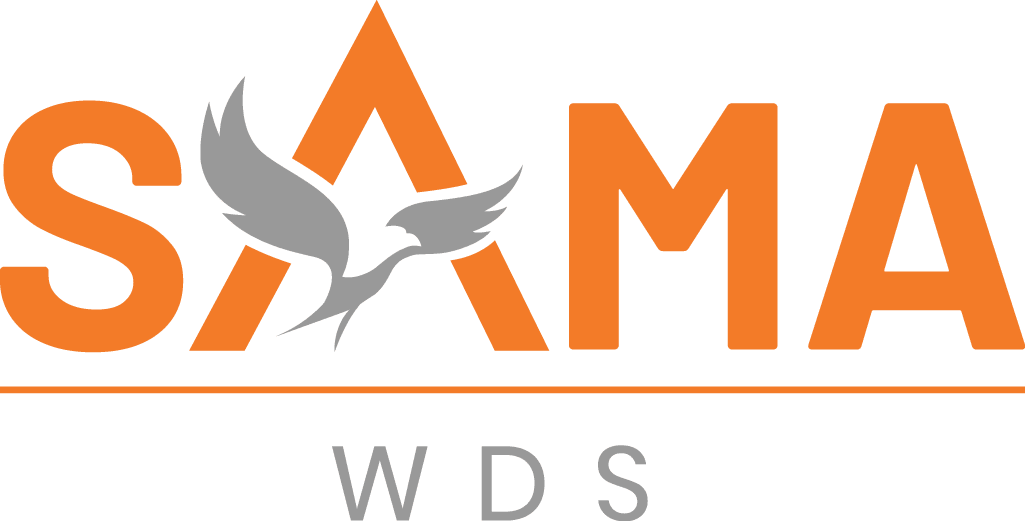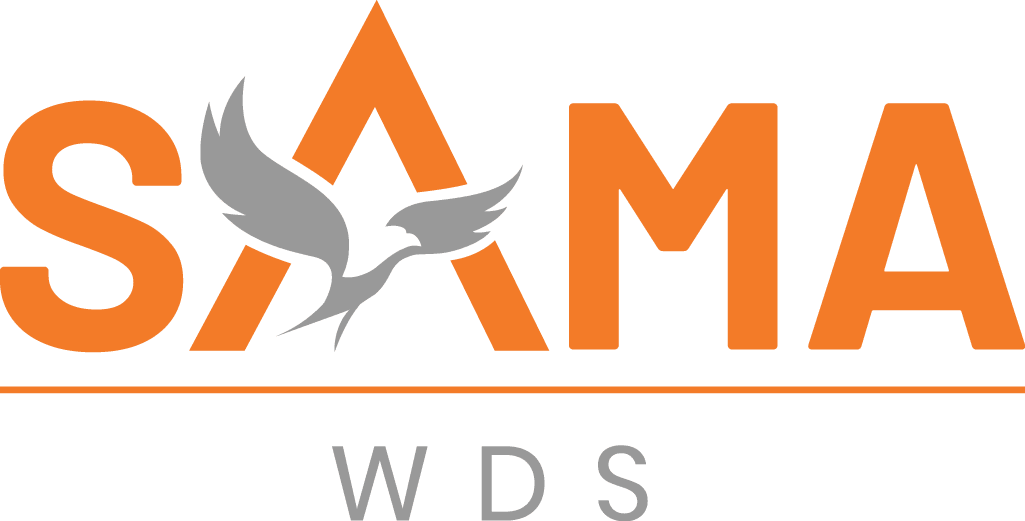
What is a General Ledger in Accounting? A Comprehensive Guide
A general ledger is an essential part of accounting that everyone involved in financial management should understand. It acts as the main record-keeping system for an organization, summarizing all financial transactions and ensuring the accuracy of data.
Key takeaway: A general ledger is important for accurate financial reporting and making informed decisions. By understanding its various parts and functions, businesses can keep accurate records, follow regulations, and plan strategically.
Understanding the General Ledger in Accounting
Understanding the general ledger in accounting is essential for accurate financial management. A general ledger is the primary accounting record that summarizes all financial transactions of a business. It acts as a comprehensive database, encompassing every financial movement within the organization.
What is a General Ledger?
The general ledger is the central repository for all financial data. It contains detailed records of all debits and credits across various accounts, providing a holistic view of the company’s financial status.
How Does it Work?
Referred to as the ‘book of final entry’, the general ledger functions by consolidating transactions initially recorded in subsidiary books. These subsidiary books might include journals, sales ledgers, or purchase ledgers. Once transactions are documented in these preliminary records, they are then posted to the general ledger, ensuring that each transaction impacts at least two accounts to maintain balance — adhering to the double-entry bookkeeping system.
Why is it Important?
Maintaining a comprehensive general ledger serves several critical purposes:
- Accurate Financial Reporting: By summarizing all financial transactions, the general ledger ensures that financial statements such as the balance sheet and income statement are precise and reliable.
- Centralized Data Access: It provides a singular access point for all financial information, simplifying processes like tax filing and audits.
- Ensuring Compliance: Properly maintained ledgers help businesses comply with accounting standards and regulations.
In essence, having an accurate and detailed general ledger is fundamental for any business aiming for transparent and effective financial management.
Key Components of a General Ledger
Understanding the components of a general ledger is crucial for grasping how financial transactions are organized and reported. The main elements include account categories and subledgers.
Account Categories
The general ledger is structured around several major account categories:
- Assets: These accounts represent resources owned by the business. Examples include cash, inventory, property, and equipment.
- Liabilities: These accounts capture obligations the business owes to others. Common examples are loans, accounts payable, and mortgages.
- Equity: This category reflects the owner’s residual interest in the assets of the business after deducting liabilities. It includes common stock and retained earnings.
- Revenue: Accounts under this category track income generated from business operations, such as sales revenue or service fees.
- Expenses: These accounts record costs incurred during operations, including rent, utilities, and payroll.
Each transaction impacts at least two of these categories to maintain balance in the accounting equation.
Subledgers
Subledgers provide additional detail and organization within the general ledger. For instance:
Accounts Receivable Subledger: Tracks individual customer balances and transactions.
Accounts Payable Subledger: Manages amounts owed to suppliers.
By breaking down transactions into subledgers, businesses can achieve more precise tracking and better financial management.
The cohesive structure of account categories paired with detailed subledgers ensures comprehensive and accurate financial reporting.
Struggling with financial record-keeping and need better accounting system integration?
Streamline your financial processes with integrated accounting solutions that provide real-time visibility and automated general ledger management.

The Mechanics Behind General Ledger Accounting
Introduction to Double-Entry Bookkeeping
The foundation of the general ledger system lies in double-entry bookkeeping. This method ensures that every financial transaction affects at least two accounts, maintaining the accounting equation:
[ \text{Assets} = \text{Liabilities} + \text{Equity} ]
Each transaction is recorded as both a debit and a credit, ensuring the ledger remains balanced.
Debits and Credits Explained
Understanding debits and credits is crucial for maintaining a balanced general ledger. Here’s how they work:
- Debits (DR): Increase assets and expenses, decrease liabilities and equity.
- Credits (CR): Increase liabilities and equity, decrease assets and expenses.
Example of a Transaction Entry
Let’s consider a simple example:
- A company receives $1,000 in cash from a customer for services rendered.
- Debit: Cash account (Asset) $1,000
- Credit: Revenue account $1,000
This transaction increases both the cash asset and the revenue, keeping the accounting equation balanced.
Maintaining Balance in the General Ledger
To maintain accuracy:
- Record each transaction with equal debits and credits.
- Regularly reconcile accounts to ensure all entries are accurate.
- Use subledgers for detailed tracking while summarizing data in the general ledger.
By following these practices, businesses can ensure their financial data remains accurate, aiding in reliable financial reporting.
The Importance of General Ledgers in Financial Reporting
The information from the general ledger is essential for creating important financial statements. Every recorded transaction affects at least two accounts, keeping the balance required by the double-entry bookkeeping system. This organized data directly contributes to:
- Balance Sheet
The balance sheet shows the company’s financial position at a specific moment. It includes accounts such as assets, liabilities, and equity, which are all derived from the general ledger.
- Income Statement
The income statement displays the business’s performance over a certain period. It calculates net income or loss by considering revenue and expense accounts found in the general ledger.
- Cash Flow Statement
The cash flow statement monitors cash inflows and outflows. It classifies transactions involving cash accounts in the general ledger into operating, investing, and financing activities.
An accurate and well-kept general ledger guarantees that these financial statements are dependable, offering stakeholders reliable information for making decisions. Mistakes in the ledger can result in incorrect financial positions or performance metrics, leading to misguided choices and possible compliance problems.
A thorough general ledger acts as a centralized hub for all financial data, making audits easier and promoting transparency. Regularly reconciling accounts helps confirm accuracy, thereby supporting consistent and trustworthy financial reporting.
In simple terms, maintaining an accurate general ledger is not only about following rules but also establishing a basis for effective financial management and strategic planning.
Common Pitfalls to Avoid When Managing a General Ledger
Common mistakes in general ledger accounting can lead to significant issues if not addressed promptly. Identifying these errors is the first step toward maintaining accurate financial records.
Frequent Errors in General Ledger Accounting
- Misclassification of Transactions: Incorrectly categorizing transactions can distort financial reports. For instance, recording a capital expenditure as an operating expense affects both the balance sheet and income statement.
- Data Entry Mistakes: Simple errors such as typos or duplications can cause discrepancies. This often leads to mismatched account balances and incorrect financial statements.
- Failure to Reconcile Accounts Regularly: Not reconciling accounts with external records like bank statements can result in undetected discrepancies, impacting the overall accuracy of the ledger.
- Ignoring Adjusting Entries: Overlooking necessary adjustments, such as accruals and deferrals, can misrepresent an organization’s financial position.
Tips for Ensuring Data Integrity
To avoid these pitfalls, consider the following strategies:
- Implement Regular Reconciliation: Schedule periodic reconciliations to identify and correct discrepancies early. This practice ensures that all recorded transactions are accurate and up-to-date.
- Utilize Accounting Software: Automated systems can minimize data entry errors by validating entries against predefined rules and categories.
- Provide Adequate Training: Ensure that all accounting personnel are well-trained in identifying and correcting common errors. Continuous education on best practices is crucial for maintaining data integrity.
- Establish Clear Procedures: Develop and enforce standardized processes for transaction recording and account reconciliation. Consistent procedures help reduce the likelihood of errors.
Regularly reviewing and updating these practices ensures robust general ledger management, paving the way for reliable financial reporting.
Struggling with financial record-keeping and need better accounting system integration?
Streamline your financial processes with integrated accounting solutions that provide real-time visibility and automated general ledger management.

Best Practices for Effective General Ledger Maintenance
Account Reconciliation
Regular account reconciliation is essential to ensure the accuracy and integrity of a general ledger. By comparing internal records with external financial statements, discrepancies can be identified and corrected promptly. This process helps in:
- Detecting errors or fraudulent activities.
- Ensuring compliance with accounting standards.
- Maintaining accurate financial data for decision-making.
Enhancing Data Entry Processes
Accurate data entry is fundamental to maintaining a reliable general ledger. To improve data entry processes:
Transaction Classification Accuracy
Correct classification of transactions is vital for generating meaningful financial reports. Strategies include:
- Chart of Accounts (CoA): Develop a comprehensive CoA that categorizes accounts effectively, aiding in precise transaction recording.
- Periodic Reviews: Conduct regular reviews to ensure transactions are classified correctly and aligned with business activities.
- Internal Controls: Implement checks and balances within the accounting system to catch misclassifications early on.
By focusing on these best practices, businesses can maintain an accurate general ledger that supports reliable financial reporting and informed decision-making.
Leveraging Technology to Streamline General Ledger Management
Modern accounting software solutions like Clio are changing the way businesses manage their general ledgers. These platforms automate routine tasks, significantly reducing the risk of human error and increasing efficiency.
Benefits of Accounting Software
Automation of Routine Tasks
- Transaction Recording: Automatic entry of transactions minimizes manual data input.
- Reconciliation: Real-time bank reconciliation ensures accuracy without manual intervention.
Error Mitigation
- Consistent Data Entry: Predefined templates and validation rules help maintain consistency.
- Audit Trails: Easy tracking of changes and updates enhances transparency.
Drawbacks and Challenges
While automation offers several advantages, it also introduces potential challenges:
Reliance on Technology:
- System failures or software bugs can disrupt financial operations.
- Continuous need for software updates to stay compliant with accounting standards.
Cybersecurity Concerns:
- Storing sensitive financial data digitally increases vulnerability to cyber-attacks.
- Requires robust security measures like encryption and regular security audits.
Balancing these factors is crucial for effective general ledger management, ensuring that technology serves as an enabler rather than a hindrance.
Conclusion: The Importance of Accurate Financial Record-Keeping and Effective General Ledger Practices
Accurate general ledger maintenance is essential for businesses to understand financial reporting requirements and ensure compliance. A well-maintained general ledger is crucial for making informed decisions and supporting long-term growth. By prioritizing this aspect of accounting, businesses can not only meet regulatory standards but also establish a strong basis for strategic planning and operational efficiency. The accuracy of financial data relies on careful record-keeping, making it vital for businesses to comprehend what a general ledger is in accounting and how to manage it effectively.
Struggling with financial record-keeping and need better accounting system integration?
Streamline your financial processes with integrated accounting solutions that provide real-time visibility and automated general ledger management.

